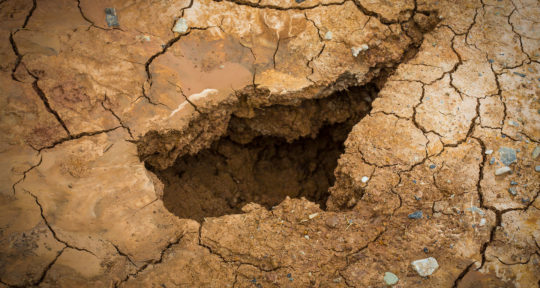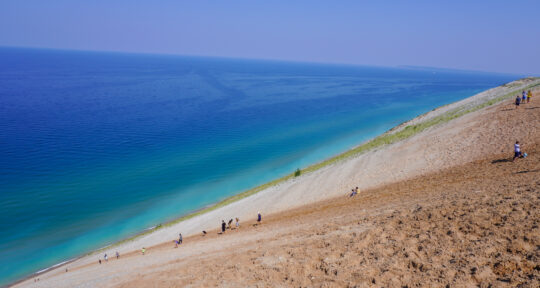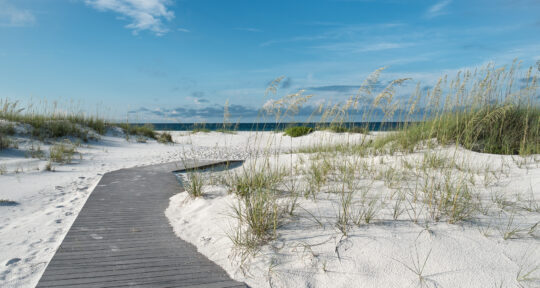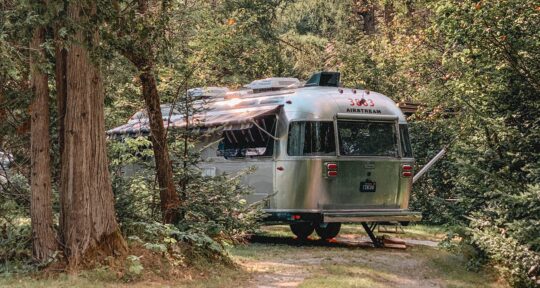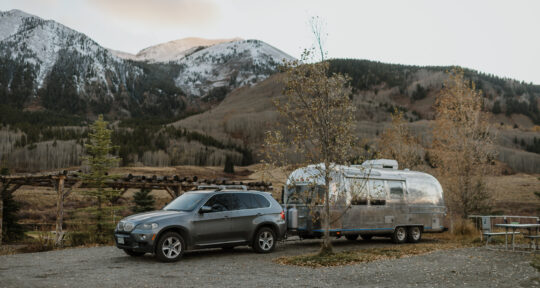National and state parks belong to all of us. But some people aren’t making use of these special places: Data and surveys show that a large majority of state and national park visitors are white.
While there are numerous deep-seated and complex reasons for the absence of Black, Brown, disabled, and LGBTQ people in the outdoors, there is one issue you can address directly as an individual. Many underrepresented people simply don’t feel welcome in outdoor recreation settings. Too often, these feelings are prompted by less-than-ideal interactions with their fellow campers, hikers, paddlers, or anglers.
Welcoming all people to the outdoors is vitally important for many reasons. Connecting regularly with nature improves one’s physical and mental health. Getting kids into the woods or on the water helps them break away from technology and see the wonders of the real world.

If underrepresented groups don’t enjoy and value our parks, it may become more politically difficult to justify the multi-billion dollar investment in those facilities.
Here are five ways you can help create a more welcoming and inclusive outdoors for everyone.
1. Acknowledge your prejudices
Accepting our own problematic attitudes is a critical first step toward becoming part of the solution. We all have biases—conscious or not—many of which begin in early childhood. Members of our own racial, religious, or ethnic groups can reinforce those negative attitudes toward other people.
These mindsets can continue influencing our thinking even after we have consciously worked to eradicate them. However, we can counter our prejudices by remaining alert to them and engaging in behaviors that offset them.
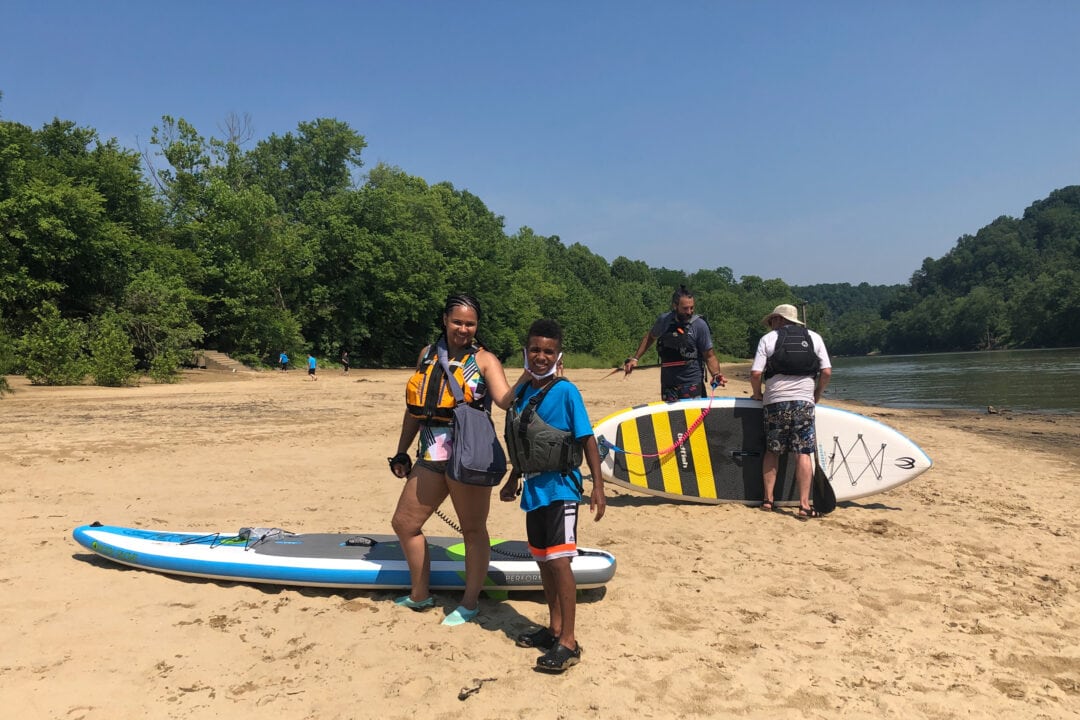
2. Know the space
Understanding the history of an outdoor space is as important as learning its topography or weather patterns. Ask yourself, “Who occupied this place before it was a park, or before white settlers arrived? Did something unfortunate happen on this land that reverberates down through time?” For example, many national parks are located on land from which Native Americans were forcibly removed, and several state parks across the South were initially built as Blacks-only “separate but equal” facilities.
These formerly segregated state parks feature beautiful scenery and Black history
Familiarity with a park’s history allows you to better understand and honor what that space might mean for other visitors, especially those with historical or cultural ties to the area. Visitor guides, interpretive center exhibits, and reputable websites are all excellent background sources on most public parks; The Indigenous Field Guide offers insight into the value of learning about a park’s history and provides resources to guide your inquiries.
3. See the experience from other perspectives
As you plan and undertake your next outdoor adventure, be intentionally curious and mindful of how members of underrepresented groups might experience the same outing.
Outdoor recreation spaces across the U.S. have historically been designed and operated for the country’s long-dominant culture, specifically fully-abled, straight, white, middle-class people. Members of other groups may face hurdles to outdoor recreation that are invisible to you, especially if you’re a member of the prevailing culture. They may not have outdoor-savvy family members to teach them how to camp or they may lack the financial resources to purchase expensive gear.
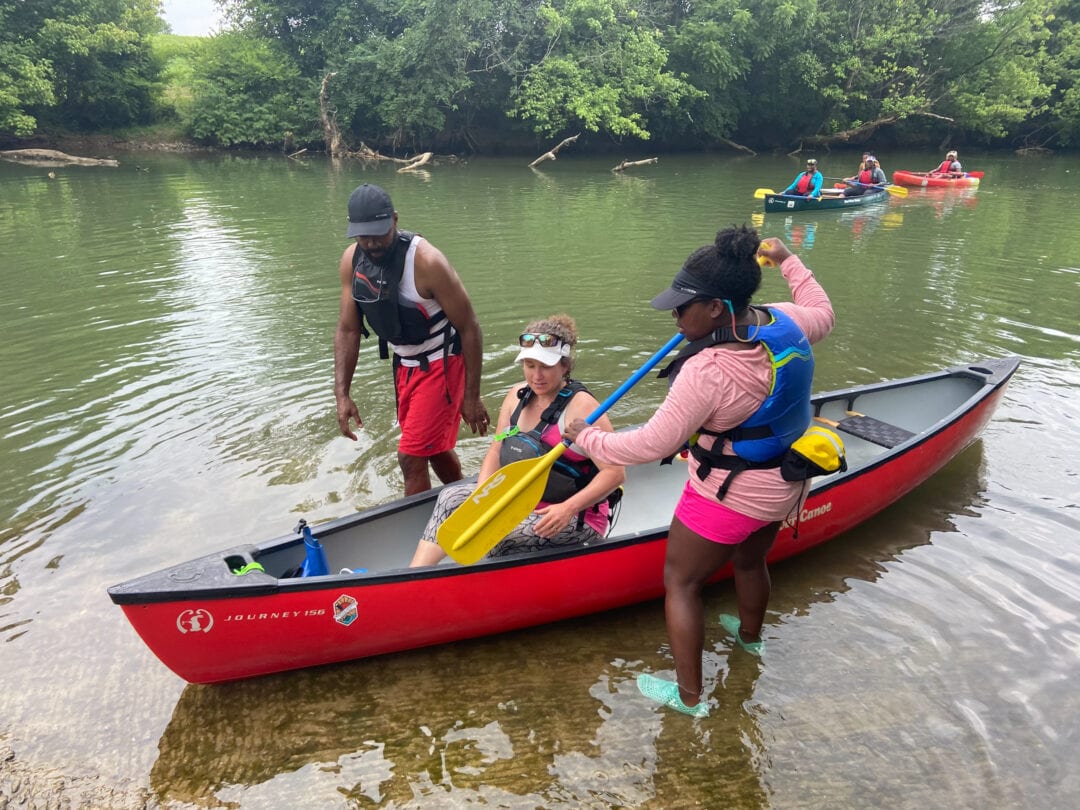
Trails and docks that make no accommodation for disabled people can present an insurmountable obstacle to their enjoyment of an outdoor space. A history of targeted violence against LGBTQ people and other groups has made some members of these communities feel unsafe when venturing into the wild alone or even with a companion.
Advocacy groups such as Disabled Hikers and Get Out and Trek are great resources for learning about the challenges underrepresented groups face and how these communities work to create a more inclusive and welcoming outdoors. Together Outdoors is a coalition of outdoor recreation businesses and organizations supporting the effort to create a more welcoming and inclusive outdoors; the Together Outdoors Resource Hub provides a range of materials on these subjects. Podcasts like She Explores, Sincerely Yours Outdoors, and Outside Voices deliver up-to-the-moment perspectives and insight.
4. Be a welcoming presence
Here’s where you can make a real contribution to furthering outdoor inclusion. Fueled by knowledge, context, and empathy, interact with all fellow outdoors people with curiosity, benevolence, and generosity. Acknowledge everyone you meet on the trail, dock, or at the campground.
Don’t make assumptions when you meet a fellow outdoor enthusiast from an underrepresented group. Instead, engage your curiosity. Act as if you know nothing about this person, because you don’t—but this is an excellent opportunity to get to know someone and maybe even make a new friend. Be open to sharing your knowledge and experience without being overbearing. Equally important, be open to learning from others.
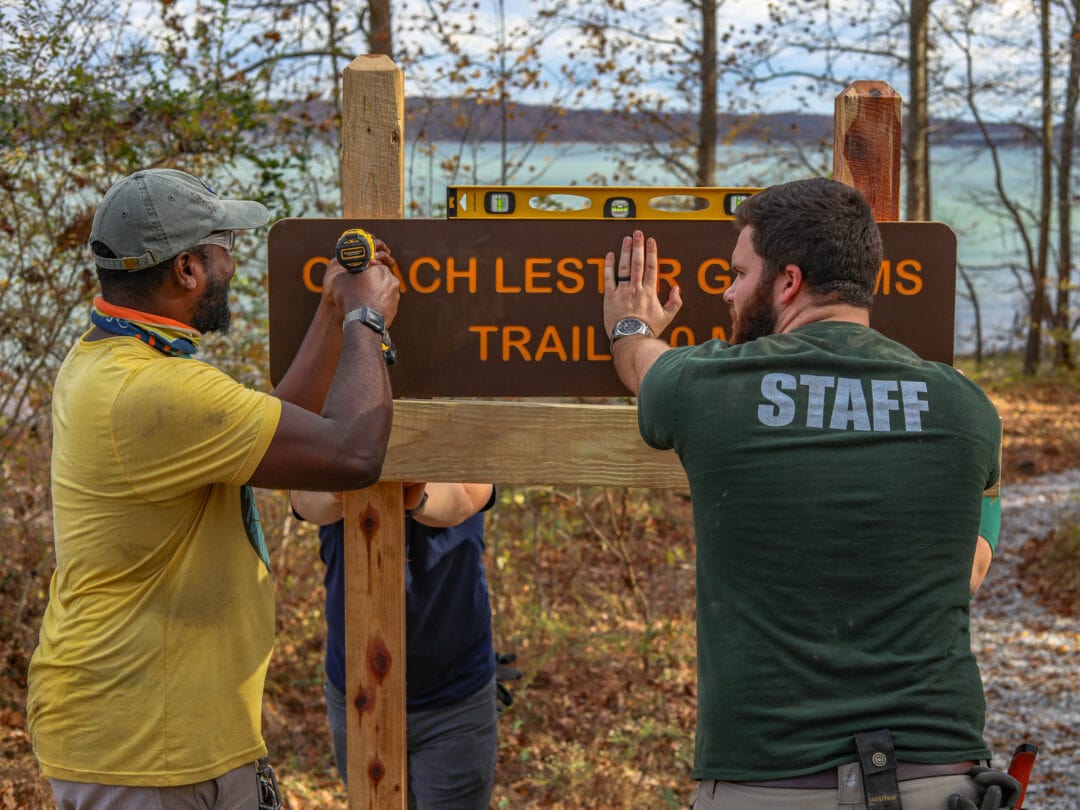
5. Support the work
Many local and national outdoor affinity groups are working to help people of color and other underrepresented groups get outdoors and take up activities such as hiking, skiing, camping, and paddling. You can help these groups in several ways, including making a monetary contribution, donating lightly used gear, or serving as an instructor.
To paraphrase civil rights leader and founder of the Children’s Defense Fund Marian Wright Edelman, you really can change the trailhead, the marina, or the ski slope, if you care enough.
